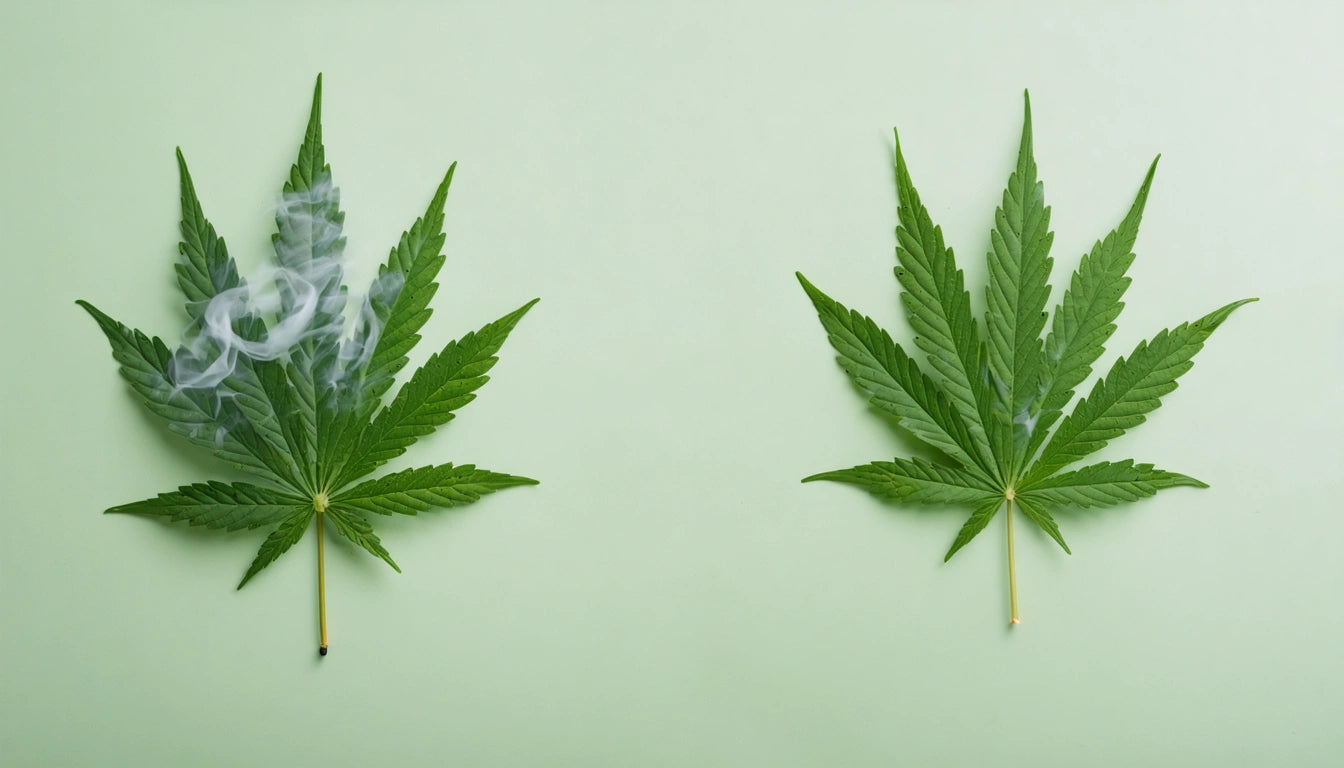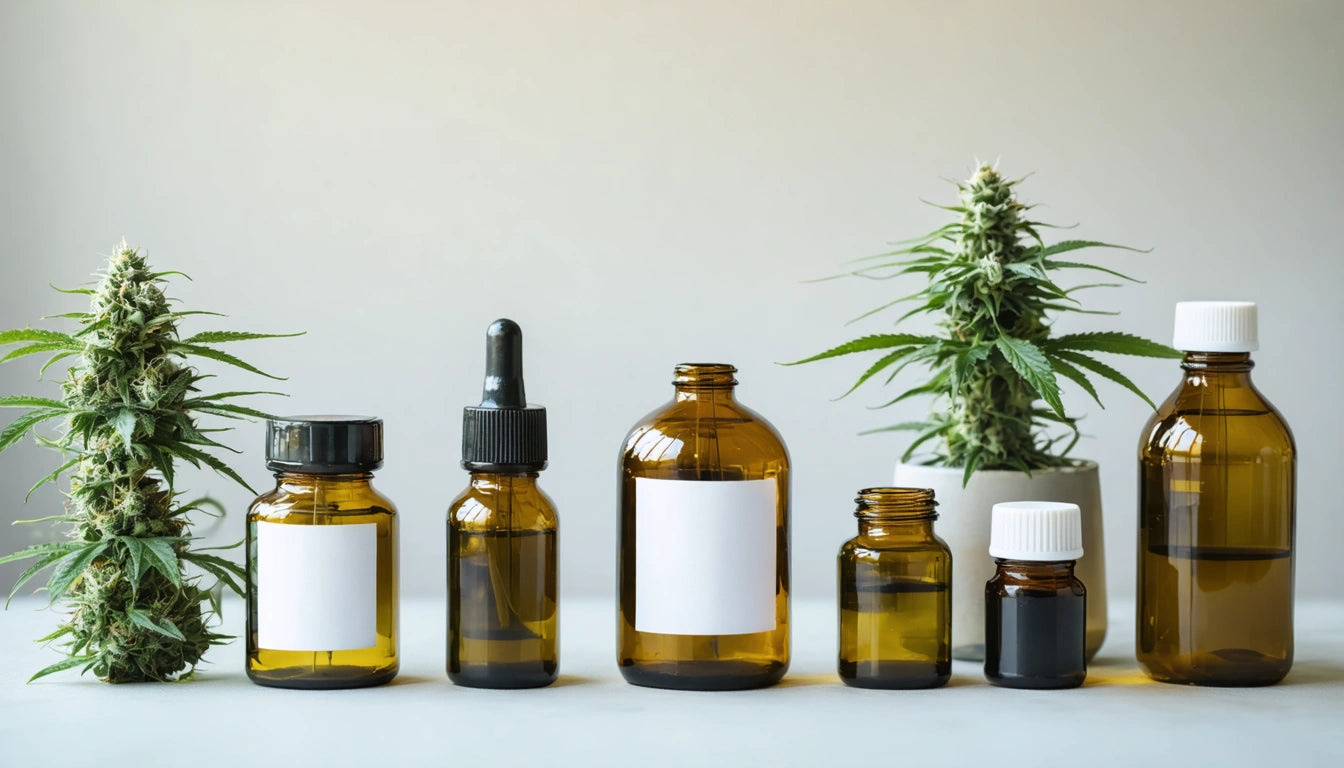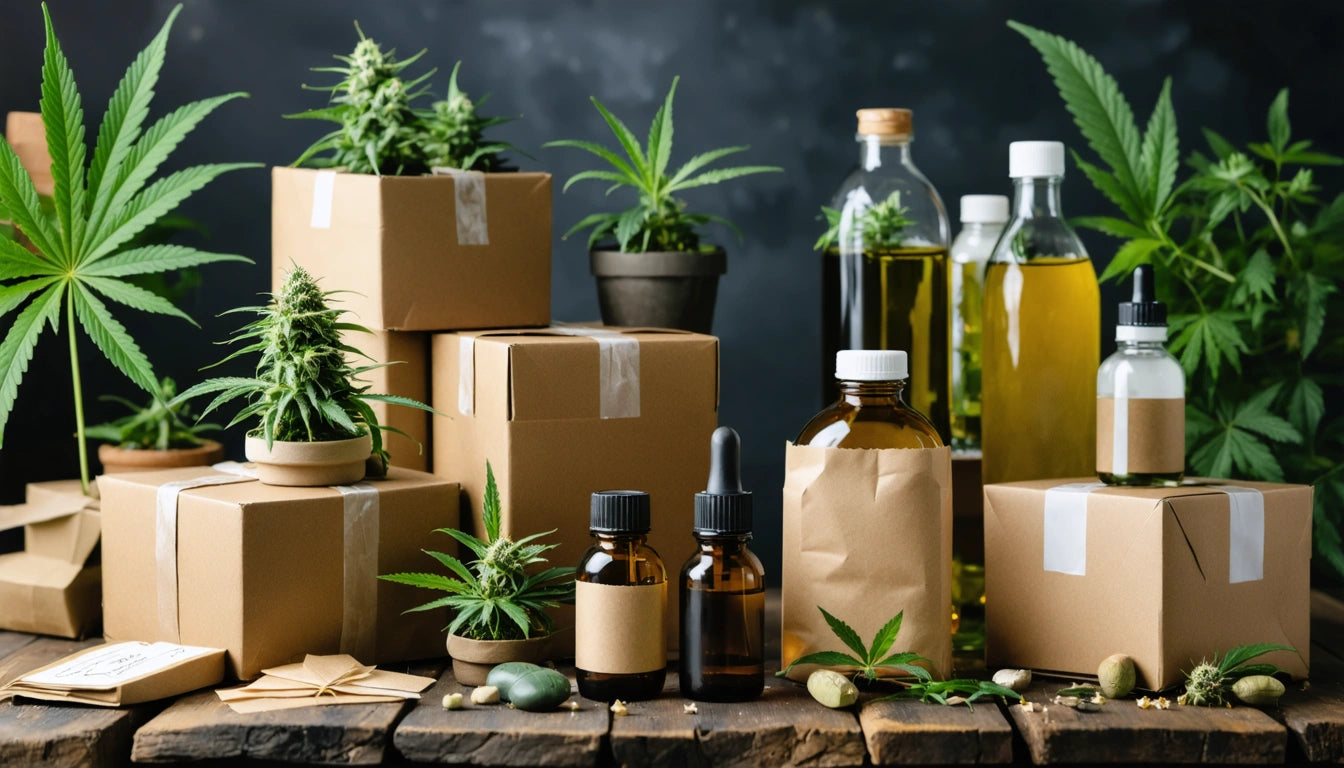Table of Contents
As cannabis consumption becomes more mainstream, understanding the differences between consumption methods grows increasingly important. The two most popular inhalation methods, smoking and vaporizing, carry distinct risk profiles that can significantly impact user health and experience. This comprehensive comparison examines the scientific evidence behind each method to help consumers make informed decisions.
Combustion vs. Vaporization: Understanding the Fundamental Differences
Smoking cannabis involves combustion, which occurs at temperatures exceeding 900 °F (482 °C). This process burns plant material, creating smoke that contains cannabinoids alongside numerous byproducts of combustion. In contrast, vaporization heats cannabis to temperatures between 320-446 °F (160-230 °C), just enough to convert cannabinoids and terpenes into vapor without burning the plant material.
This fundamental difference in heating method represents the primary distinction between these consumption approaches. According to research on consumption methods, vaporization can extract up to 95% of THC from cannabis while minimizing harmful byproducts associated with combustion.
Respiratory Health Impacts Between Methods
Smoking Risks
Smoking cannabis produces tar and numerous combustion byproducts that can irritate the respiratory system. Regular cannabis smokers often report symptoms including:
- Chronic cough
- Increased phlegm production
- Wheezing and bronchitis
- Potential airway inflammation
While cannabis smoke contains fewer known carcinogens than tobacco smoke, the combustion process still generates harmful compounds that may damage lung tissue over time.
Vaporization Benefits
Vaporizing significantly reduces respiratory symptoms compared to smoking. Studies show that switching from smoking to vaporizing can lead to improvements in respiratory function and a reduction in reported symptoms. Quality vaporizing devices further minimize risks by providing consistent temperature control and avoiding potentially harmful materials in their construction.
Chemical Exposure Comparison: Toxins and Carcinogens
The chemical profiles of cannabis smoke versus vapor differ dramatically. Combustion creates over 100 toxins and potential carcinogens including:
- Polycyclic aromatic hydrocarbons (PAHs)
- Carbon monoxide
- Reactive oxygen species
- Ammonia compounds
Vaporization significantly reduces or eliminates many of these compounds. However, it's important to note that vaporizing at extremely high temperatures can still produce some harmful compounds, though at much lower levels than smoking.
When considering safety across various consumption methods, it's worth noting that both smoking and vaporizing require proper storage solutions. Our secure storage containers with child-resistant lids help prevent accidental exposure, particularly in households with children.
Temperature Control Benefits in Vaporization
One significant advantage of vaporization is temperature control, which allows users to target specific cannabinoids and terpenes. Different compounds vaporize at different temperatures:
- 315-356 °F (157-180 °C): Ideal for CBD-dominant effects
- 356-392 °F (180-200 °C): Balanced THC/CBD effects
- 392-446 °F (200-230 °C): Maximum THC extraction
This control not only affects the experience but also the safety profile. As noted in this bioavailability comparison, temperature control can optimize cannabinoid delivery while minimizing exposure to unwanted compounds.
Safety Considerations Beyond Inhalation
Device and Material Safety
Vaporizer safety extends beyond the vaporization process itself to the materials used in devices. Low-quality vaporizers may contain:
- Harmful metals that leach at high temperatures
- Poor electrical components presenting fire hazards
- Low-grade heating elements that produce inconsistent temperatures
When selecting vaporizers, consumers should research device materials and manufacturing standards. For those new to cannabis consumption, beginner guides can provide valuable information on selecting safe consumption methods.
Onset and Duration Differences
The risk profiles of smoking and vaporizing are also influenced by their different onset times and effect durations. According to research on onset times, vaporized cannabis typically produces effects within 1-3 minutes, similar to smoking, but with potentially more controlled dosing due to the efficiency of extraction.
Making Informed Choices for Safer Consumption
When weighing the risks of smoking versus vaporizing cannabis, several factors should guide consumer decisions:
- Health priorities and existing respiratory conditions
- Desired effects and cannabinoid profiles
- Frequency of use and long-term health considerations
- Budget for quality equipment versus ongoing consumption costs
For those concerned about health impacts, microdosing approaches combined with vaporization may offer the lowest-risk profile while still providing therapeutic benefits.
While vaporization presents clear advantages from a harm reduction perspective, individual needs and preferences vary. The growing body of research suggests that for regular cannabis users, vaporization offers a significantly safer alternative to smoking while providing comparable effects and potentially enhanced flavor experiences.











Leave a comment
All comments are moderated before being published.
This site is protected by hCaptcha and the hCaptcha Privacy Policy and Terms of Service apply.